目录
- 综合示例
- 1. vector:动态数组,支持随机访问
- 2. list:双向链表,支持双向遍历和插入删除
- 3. deque:双端队列,支持首尾插入删除和随机访问
- 4. map:红黑树实现的关联数组,支持按键访问和遍历
- 5. set:红黑树实现的集合,支持按值访问和遍历
- 6. unordered_map:哈希表实现的关联数组,支持按键访问和遍历
- 7. unordered_set:哈希表实现的集合,支持按值访问和遍历
- 检索方法示例
- 1. vector:根据下标检索
- 2. deque:根据下标检索
- 3. set:根据值检索
- 4. map:根据值检索
- 5. unordered_set:根据值检索
- 6. unordered_map:根据值检索
综合示例
1. vector:动态数组,支持随机访问
#include <IOStream>
#include <vector>
using namespace std;
int main()
{
vector<int> v;
// 添加元素
v.push_back(1);
v.push_back(2);
v.push_back(3);
// 遍历元素
for (auto it = v.begin(); it != v.end(); ++it)
{
cout << *it << " ";
}
cout << endl;
// 访问元素
cout << v[0] << endl;
cout << v.at(1) << endl;
// 删除元素
v.erase(v.begin() + 1);
// 大小和容量
cout << v.size() << endl;
cout << v.capacity() << endl;
return 0;
}
2. list:双向链表,支持双向遍历和插入删除
#include <iostream>
#include <list>
using namespace std;
int main()
{
list<int> l;
// 添加元素
l.push_back(1);
l.push_back(2);
l.push_back(3);
l.push_front(0);
// 遍历元素
for (auto it = l.begin(); it != l.end(); ++it)
{
cout << *it << " ";
}
cout << endl;
// 访问元素
cout << l.front() << endl;
cout << l.back() << endl;
// 删除元素
l.pop_front();
// 大小
cout << l.size() << endl;
return 0;
}
3. deque:双端队列,支持首尾插入删除和随机访问
#include <iostream>
#include <deque>
using namespace std;
int main()
{
deque<int> d;
// 添加元素
d.push_back(1);
d.push_front(0);
d.push_back(2);
// 遍历元素
for (auto it = d.begin(); it != d.end(); ++it)
{
cout << *it << " ";
}
cout << endl;
// 访问元素
cout << d[0] << endl;
cout << d.at(1) << endl;
// 删除元素
d.pop_front();
// 大小
cout << d.size() << endl;
return 0;
}
4. map:红黑树实现的关联数组,支持按键访问和遍历
#include <iostream>
#include <map>
using namespace std;
int main()
{
map<string, int> m;
// 添加元素
m["apple"] = 1;
m["banana"] = 2;
m.insert(make_pair("orange", 3));
// 遍历元素
for (auto it = m.begin(); it != m.end(); ++it)
{
cout << it->fhttp://www.devze.comirst << " " << it->second << endl;
}
js// 访问元素
cout << m["apple"] << endl;
// 删除元素
m.erase("banana");
// 大小
cout << m.size() << endl;
return 0;
}
5. set:红黑树实现的集合,支持按值访问和遍历
#include <iostream>
#include <set>
using namespace std;
int main()
{
set<int> s;
// 添加元素
s.insert(1);
s.insert(2);
s.insert(3);
// 遍历元素
for (auto it = s.begin(); it != s.end(); ++it)
{
cout << *it << " ";
}
cout << endl;
// 访问元素
auto it = s.find(2);
if (it != s.end())
{
cout << *it << endl;
}
// 删除元素
s.erase(3);
// 大小
cout << s.size() << endl;
return 0;
}
6. unordered_map:哈希表实现的关联数组,支持按键访问和遍历
#include <iostream>
#include <unordered_map>
using namespace std;
int main()
{
unordered_map<string, int> um;
// 添加元素
um["apple"] = 1;
um["banana"] = 2;
um.insert(make_pair("orange", 3));
// 遍历元素
for (auto it = um.begin(); it != um.end(); ++it)
{
cout << it->first << " " << it->second << endl;
}
// 访问元素
auto it = um.find("apple");
if (it != um.end())
{
cout << it->second << endl;
}
// 删除元素
um.erase("banana");
// 大小
cout << um.size() http://www.devze.com<< endl;
return 0;
}
7. unordered_set:哈希表实现的集合,支持按值访问和遍历
#include <iostream>
#include <unordered_set>
using namespace std;
int main()
{
unordered_set<int> us;
// 添加元素
us.insert(1);
us.insert(2);
us.insert(3);
// 遍历元素
for (auto it = us.begin(); it != us.end(); ++it)
{
cout << *it << " ";
}
cout << endl;
// 访问元素
auto it = us.find(2);
if (it != us.end())
{
cout << *it << endl;
}
// 删除元素
us.erase(3);
// 大小
cout << us.size() << endl;
return 0;
}
检索方法示例
根据下标检索的容器类有vector、deque
根据值检索的容器类有set、map、unordered_set、unordered_map
(感觉主要靠容器.find()方法、容器.count()方法或者还可以用algorithm库里面的find)
1. vector:根据下标检索
#include <iostream>
#incljsude <vector>
using namespace std;
int main()
{
vector<int> v = {1, 2, 3};
// 访问元素
cout << v[0] << endl;
cout << v.at(1) << endl;
// 判断元素是否在容器内
if (v.size() > 0 && v[0] == 1)
{
cout << "1 is in the vector." << endl;
}
return 0;
}
2. deque:根据下标检索
#include <iostream>
#include <deque>
using namespace std;
int main()
{
deque<int> d = {1, 2, 3};
// 访问元素
cout << d[0] << endl;
cout << d.at(1) << endl;
// 判断元素是否在容器内
if (d.size() > 0 && d[0] == 1)
{
cout << "1 is in the deque." << endl;
}
return 0;
}
3. set:根据值检索
#include <iostream>
#include <set>
using namespace std;
int main()
{
set<int> s = {1, 2, 3};
// 查找元素
auto it = s.find(2);
if (it != s.end())
{
cout << *it << " is in the set." << endl;
}
// 判断元素是否在容器内
if (s.count(1) > 0)
{
cout << "1 is in the set." << endl;
}
return 0;
}
4. map:根据值检索
#include <iostream>
#include <map>
using namespace std;
int main()
{
map<string, int> m = {{"apple", 1}, {"banana", 2}, {"orang开发者_Go入门e", 3}};
// 查找元素
auto it = m.find("banana");
if (it != m.end())
{
cout << it->second << " is in the map." << endl;
}
// 判断元素是否在容器内
if (m.count("apple") > 0)
{
cout << "apple is in the map." << endl;
}
return 0;
}
5. unordered_set:根据值检索
#include <iostream>
#include <unordered_set>
using namespace std;
int main()
{
unordered_set<int> us = {1, 2, 3};
// 查找元素
auto it = us.find(2);
if (it != us.end())
{
cout << *it << " is in the unordered_set." << endl;
}
// 判断元素是否在容器内
if (us.count(1) > 0)
{
www.devze.comcout << "1 is in the unordered_set." << endl;
}
return 0;
}
6. unordered_map:根据值检索
#include <iostream>
#include <unordered_map>
using namespace std;
int main()
{
unordered_map<string, int> um = {{"apple", 1}, {"banana", 2}, {"orange", 3}};
// 查找元素
auto it = um.find("banana");
if (it != um.end())
{
cout << it->second << " is in the unordered_map." << endl;
}
// 判断元素是否在容器内
if (um.count("apple") > 0)
{
cout << "apple is in the unordered_map." << endl;
}
return 0;
}
到此这篇关于C++中常见容器类的使用方法详解(vector/deque/map/set)的文章就介绍到这了,更多相关C++容器类内容请搜索我们以前的文章或继续浏览下面的相关文章希望大家以后多多支持我们!
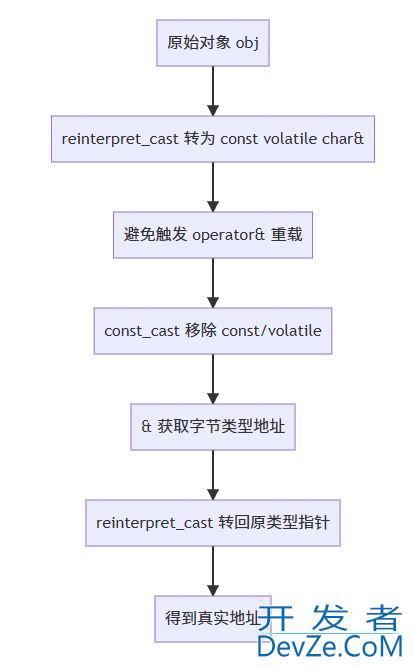
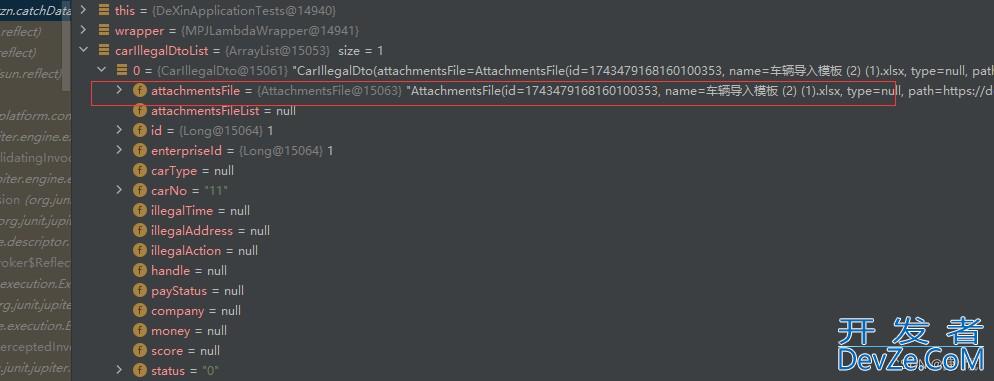

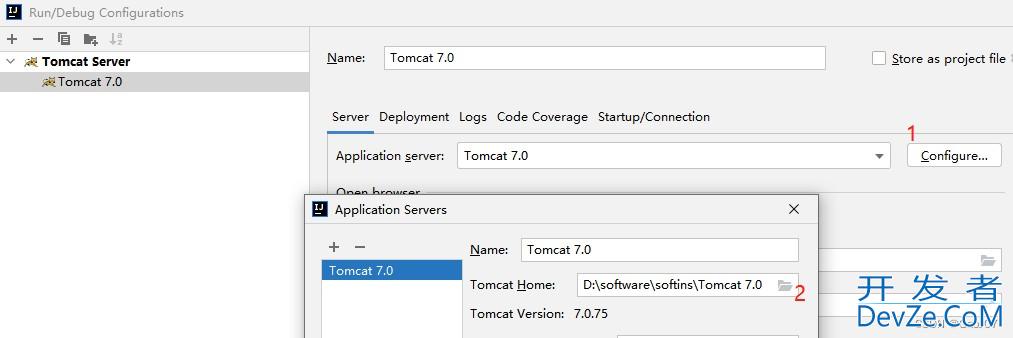
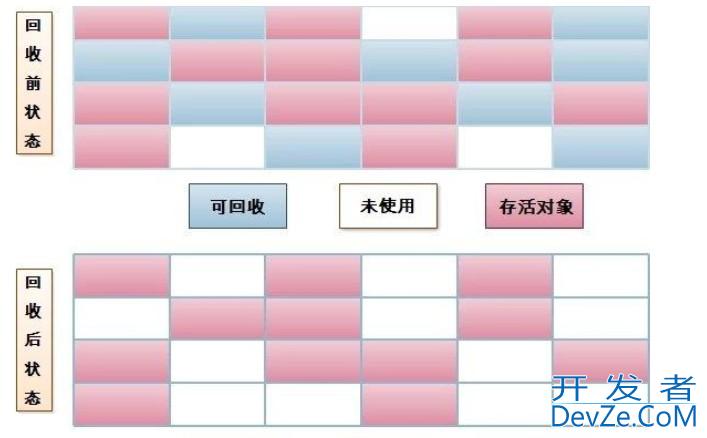
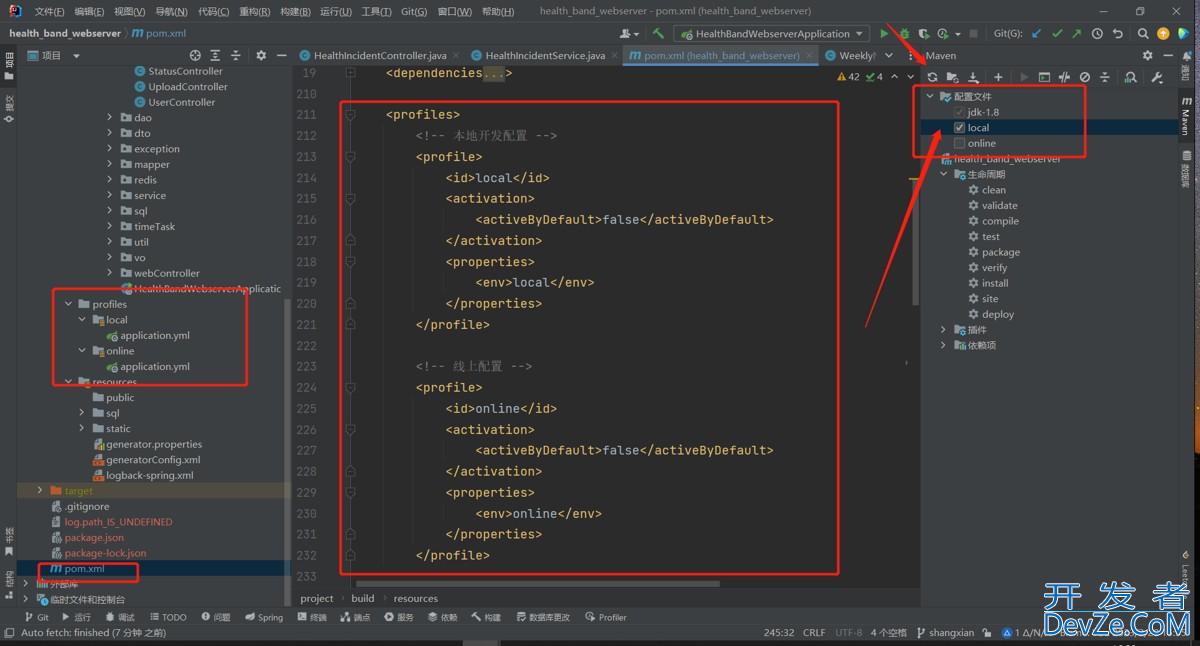
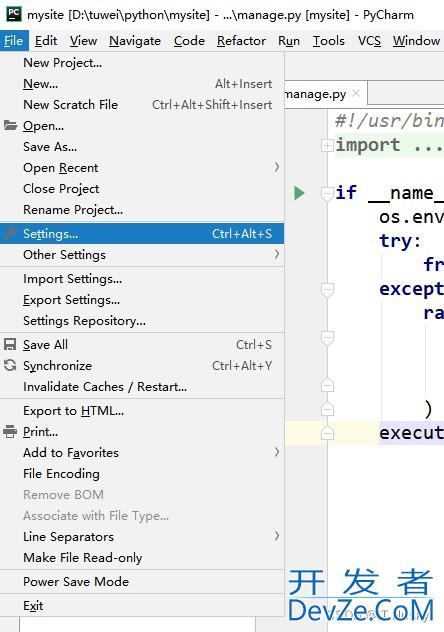
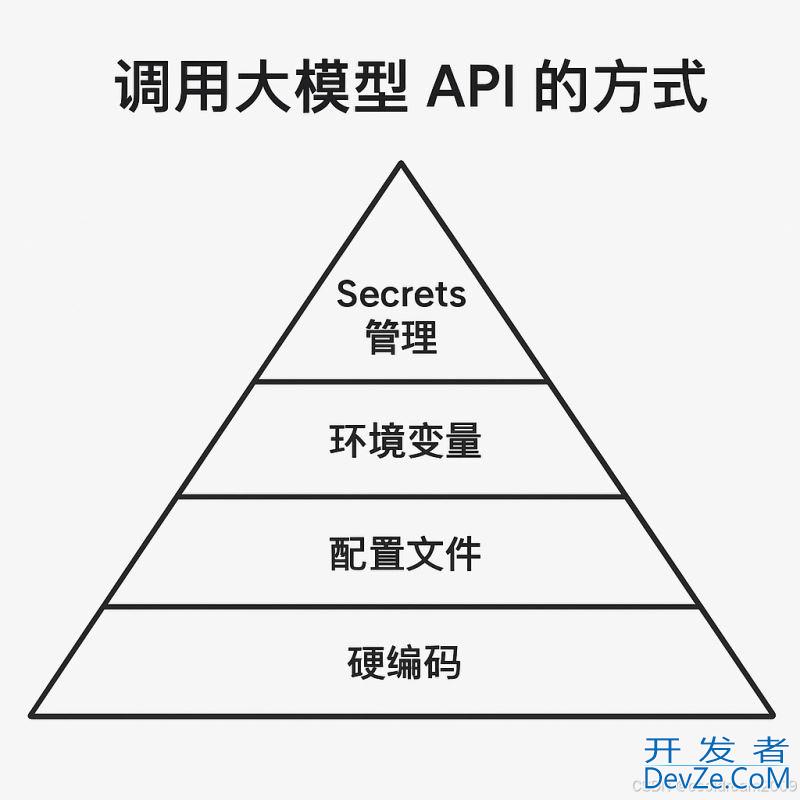
 加载中,请稍侯......
加载中,请稍侯......
精彩评论